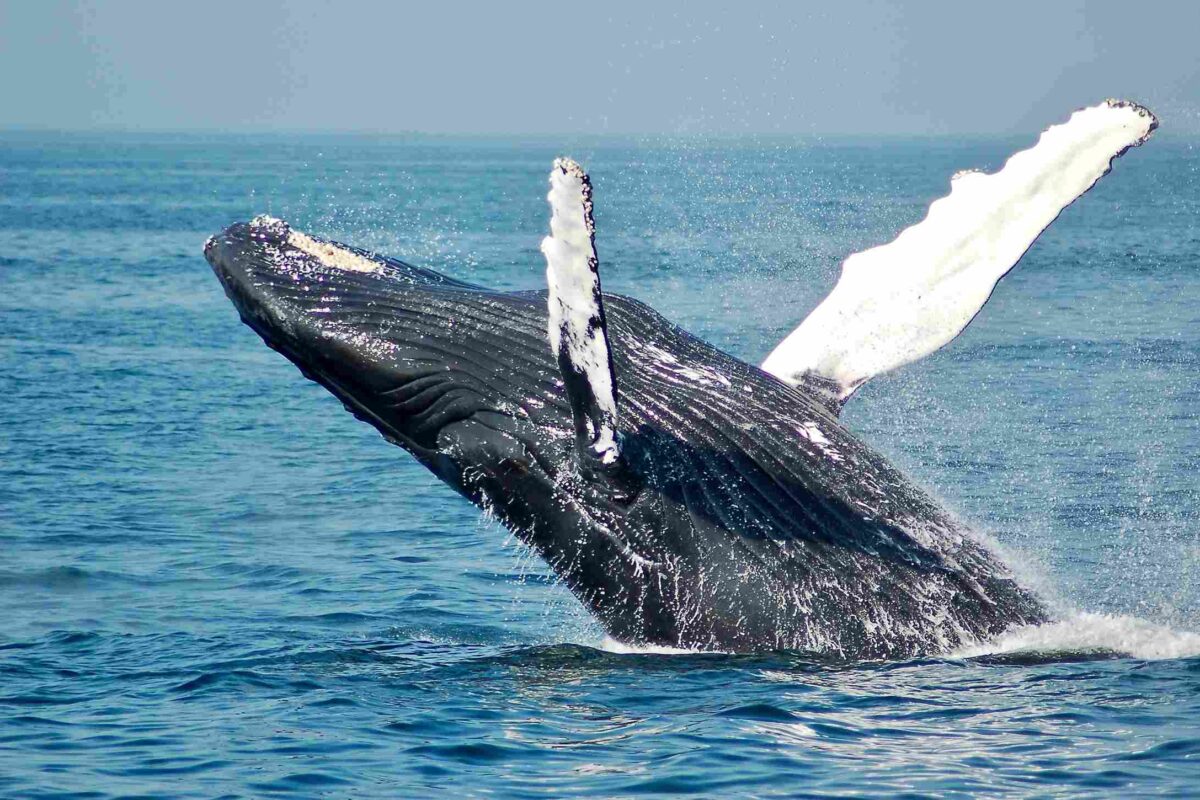The animal kingdom is a diverse and fascinating realm filled with creatures of all sizes. Some animals, however, stand out for their sheer enormity and awe-inspiring proportions. From the depths of the oceans to the vast savannas, these giants command our attention and admiration.
In this article, we will explore the top 10 biggest animals in the world, considering their length, weight, diet, habitat, conservation status, and intriguing facts.
Daftar isi:
1. Blue Whale (Balaenoptera musculus)
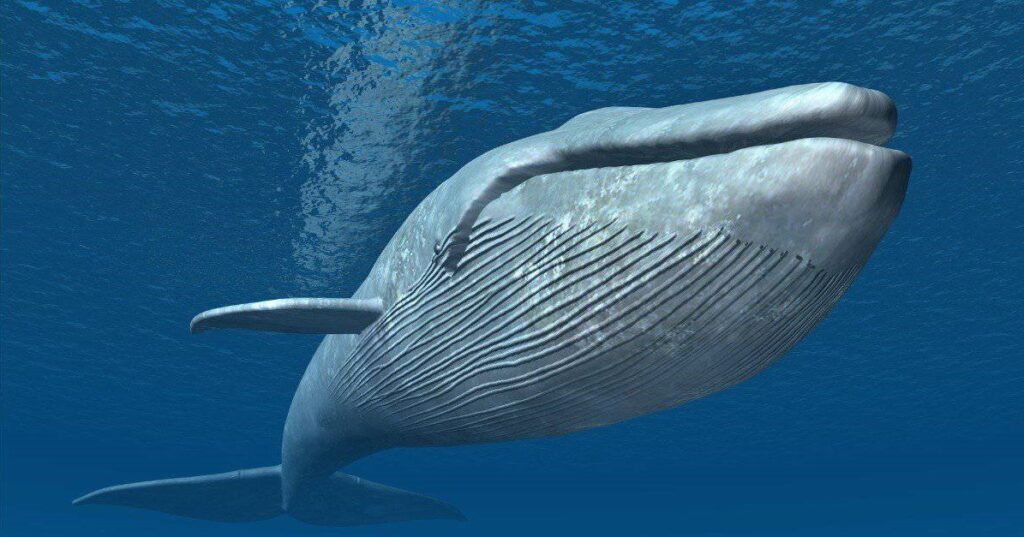
- Length: Up to 98 feet (30 meters)
- Weight: Approximately 200 tons
- Diet: Krill and small fish
- Habitat: Oceans around the world
- Conservation Status: Endangered
- Interesting Facts: Blue whales are the largest animals on Earth, and their hearts alone can weigh as much as a car.
2. Fin Whale (Balaenoptera physalus)
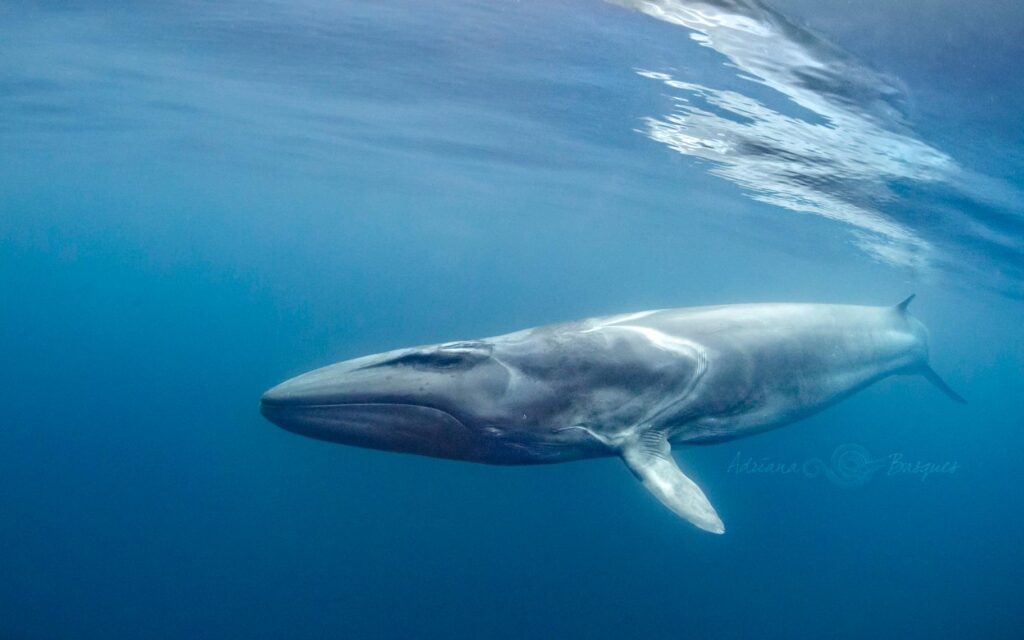
- Length: Up to 85 feet (26 meters)
- Weight: Around 70 tons
- Diet: Krill, small fish, and squid
- Habitat: Oceanic waters worldwide
- Conservation Status: Endangered
- Interesting Facts: Fin whales are known for their unique asymmetrical coloring on their lower jaw.
3. Sperm Whale (Physeter macrocephalus)
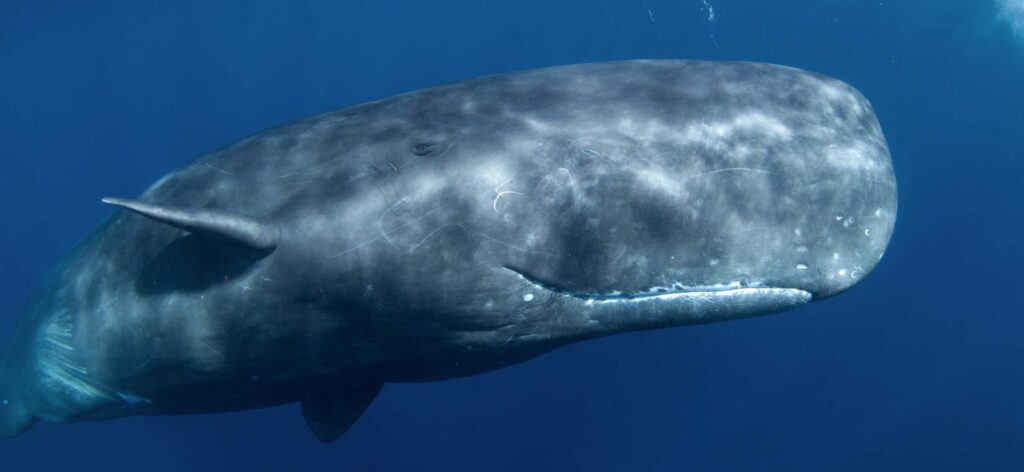
- Length: Up to 67 feet (20 meters)
- Weight: Up to 80 tons
- Diet: Squid and deep-sea fish
- Habitat: Deep ocean waters
- Conservation Status: Vulnerable
- Interesting Facts: Sperm whales have the largest brain of any animal and are known for their distinct block-shaped heads.
4. Humpback Whale (Megaptera novaeangliae)
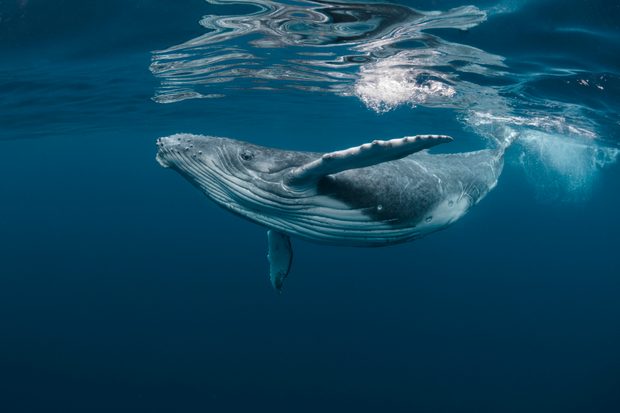
- Length: Up to 52 feet (16 meters)
- Weight: Around 30-40 tons
- Diet: Krill and small fish
- Habitat: Oceans around the world
- Conservation Status: Least Concern
- Interesting Facts: Humpback whales are famous for their acrobatic behaviors, including breaching and tail slapping.
5. Southern Right Whale (Eubalaena australis)
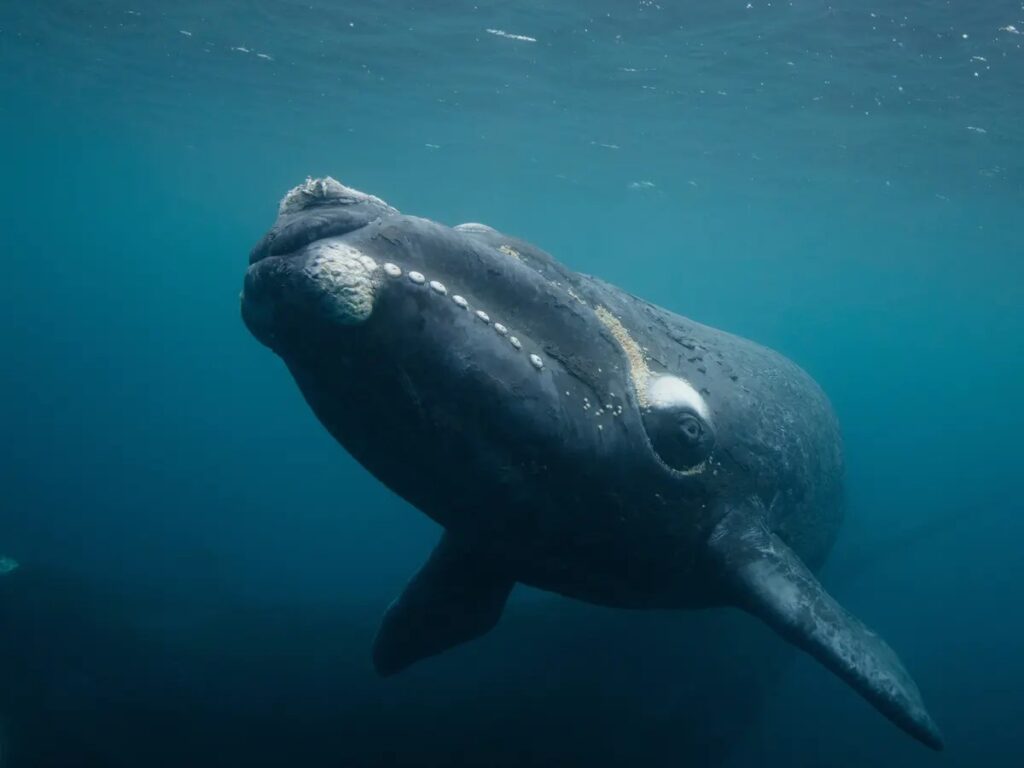
- Length: Up to 59 feet (18 meters)
- Weight: Approximately 60 tons
- Diet: Krill, plankton, and small fish
- Habitat: Southern hemisphere oceans
- Conservation Status: Least Concern
- Interesting Facts: These whales were once considered the “right” whales to hunt due to their slow swimming speeds and high blubber content.
6. Bowhead Whale (Balaena mysticetus)
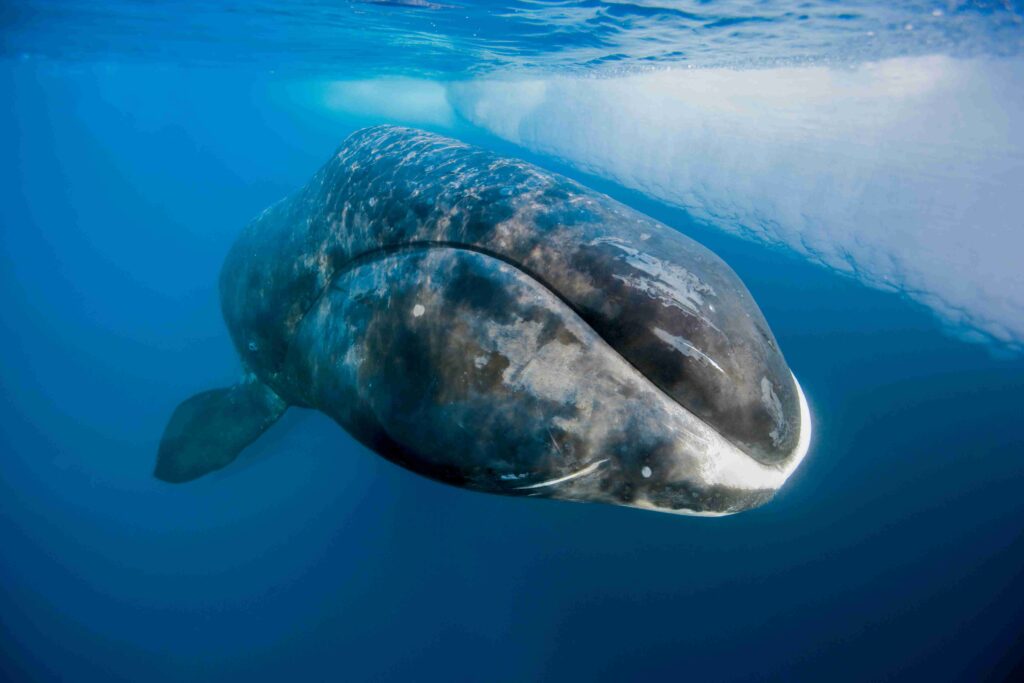
- Length: Up to 59 feet (18 meters)
- Weight: Around 75 tons
- Diet: Krill, copepods, and other small organisms
- Habitat: Arctic and subarctic waters
- Conservation Status: Least Concern
- Interesting Facts: Bowhead whales are known for their exceptionally long lifespan, with some individuals estimated to be over 200 years old.
7. Elephant Seal (Mirounga leonina)
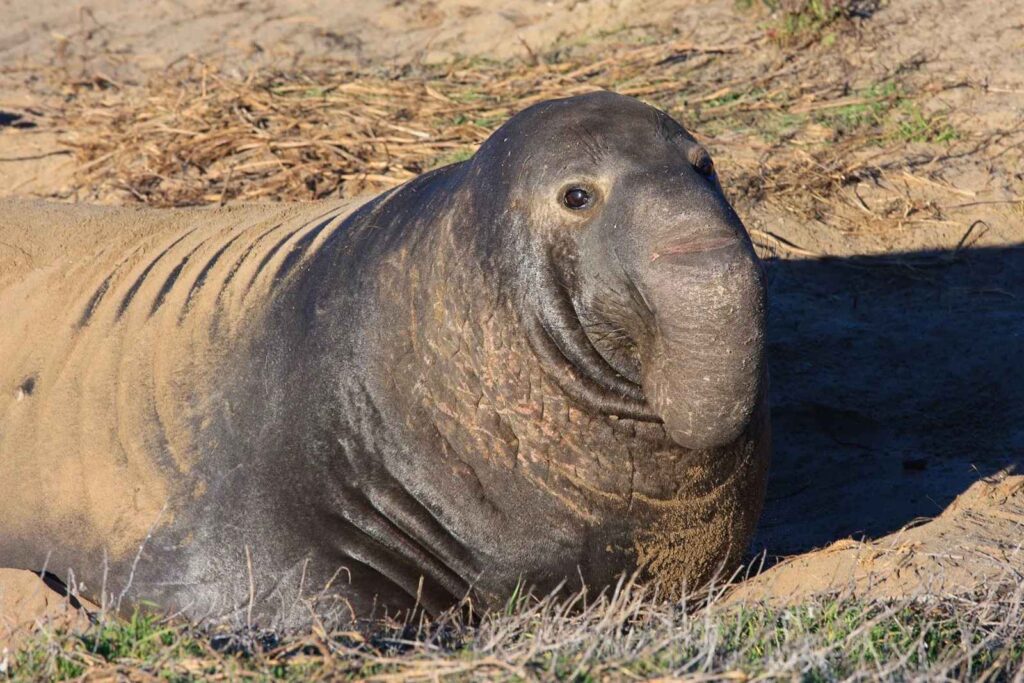
- Length: Up to 20 feet (6 meters)
- Weight: Males can weigh up to 8,800 pounds (4,000 kg)
- Diet: Fish and squid
- Habitat: Coastal areas, subantarctic islands
- Conservation Status: Least Concern
- Interesting Facts: Elephant seals are known for their distinctive nose-like trunk and massive size difference between males and females.
8. Giraffe (Giraffa camelopardalis)
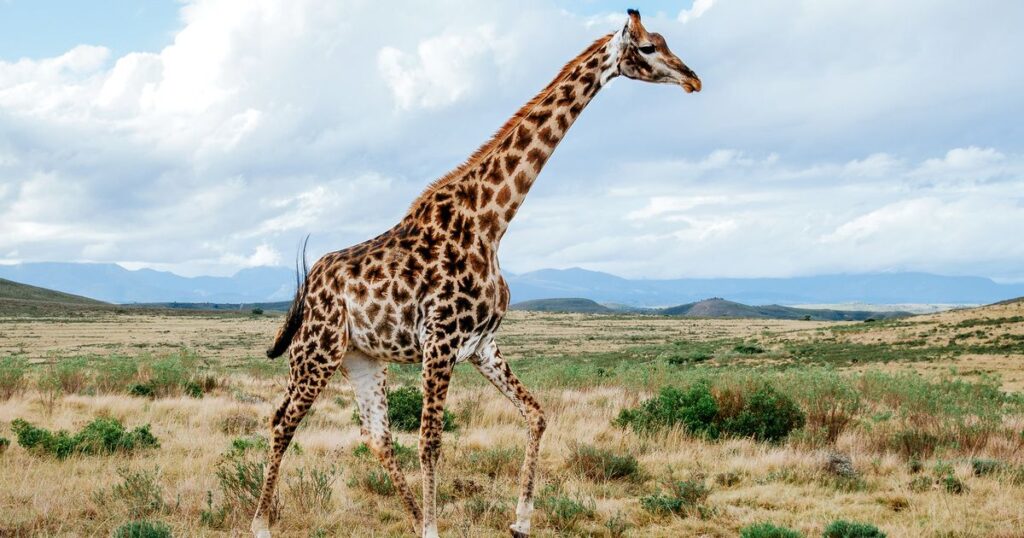
- Length: Up to 18 feet (5.5 meters)
- Weight: Around 1,600-2,600 pounds (700-1,200 kg)
- Diet: Leaves and buds of trees and shrubs
- Habitat: Savannahs and open woodlands
- Conservation Status: Vulnerable
- Interesting Facts: Giraffes have the longest necks of any animal, comprising up to one-third of their total height.
9. White Rhinoceros (Ceratotherium simum)
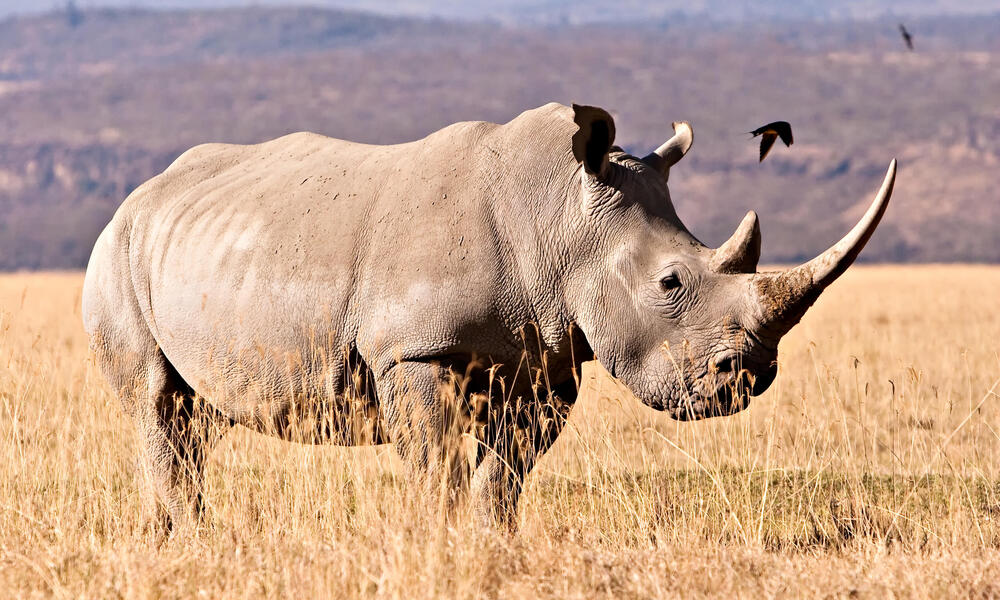
- Length: Up to 12.5 feet (3.8 meters)
- Weight: Approximately 4,000-6,000 pounds (1,800-2,700 kg)
- Diet: Grasses and vegetation
- Habitat: Grasslands and savannas
- Conservation Status: Near Threatened
- Interesting Facts: Despite their name, white rhinos are not actually white; the name may have been derived from a mistranslation of the Dutch word “wijd,” meaning “wide.”
10. Ostrich (Struthio camelus)
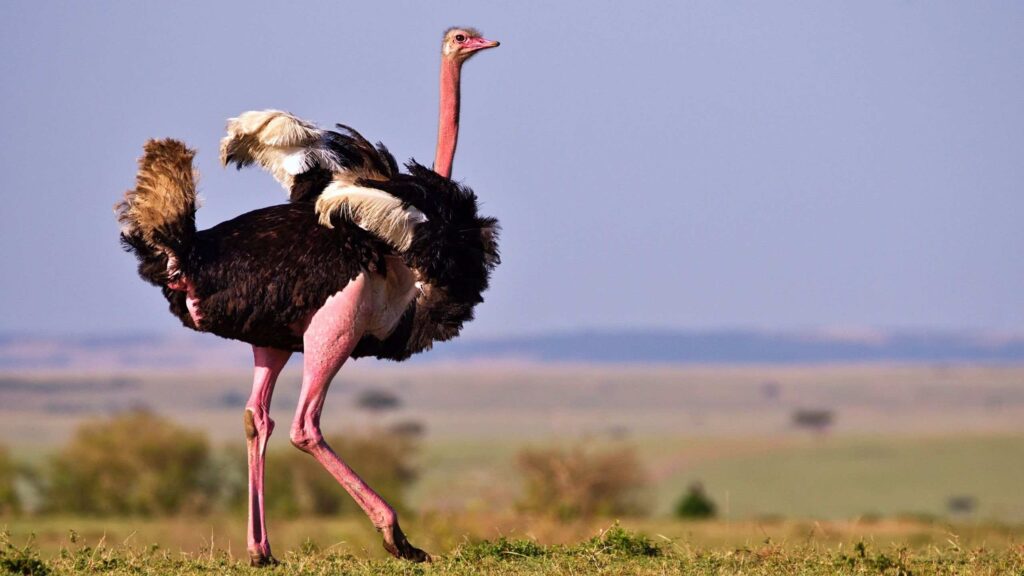
- Length: Up to 9 feet (2.7 meters)
- Weight: Around 220-350 pounds (100-160 kg)
- Diet: Plants, seeds, and insects
- Habitat: Savannas, deserts, and open woodlands
- Conservation Status: Least Concern
- Interesting Facts: Ostriches are the largest and heaviest birds in the world, known for their impressive running speeds and powerful legs.
The animal kingdom boasts a diverse range of creatures, and the top 10 biggest animals in the world exhibit nature’s remarkable ability to create life on a grand scale. From the immense blue whale to the towering giraffe, these animals captivate us with their incredible size, habits, and adaptations. As we continue to study and appreciate these giants of the natural world, we gain a deeper understanding of the wonders of life on Earth.
- Top 10 Largest Target Superstore in the United States
Target Superstores are renowned for offering a vast array of products, from groceries to clothing to electronics, all under one…
- The Top 10 Biggest Costco Locations Globally
Imagine stepping into a Costco so vast it boasts a hearing aid center and a fresh flower department! Believe it…
- Climbing to New Heights: Top 10 Biggest Climbing Gyms in the United States
Climbing has evolved from an adventurous outdoor pursuit to a dynamic indoor sport with a passionate following. The United States…
- Skyline Wonders: Top 10 Biggest Skylines in the United States
A city’s skyline is a visual testament to its character, progress, and architectural prowess. In the United States, you’ll find…

